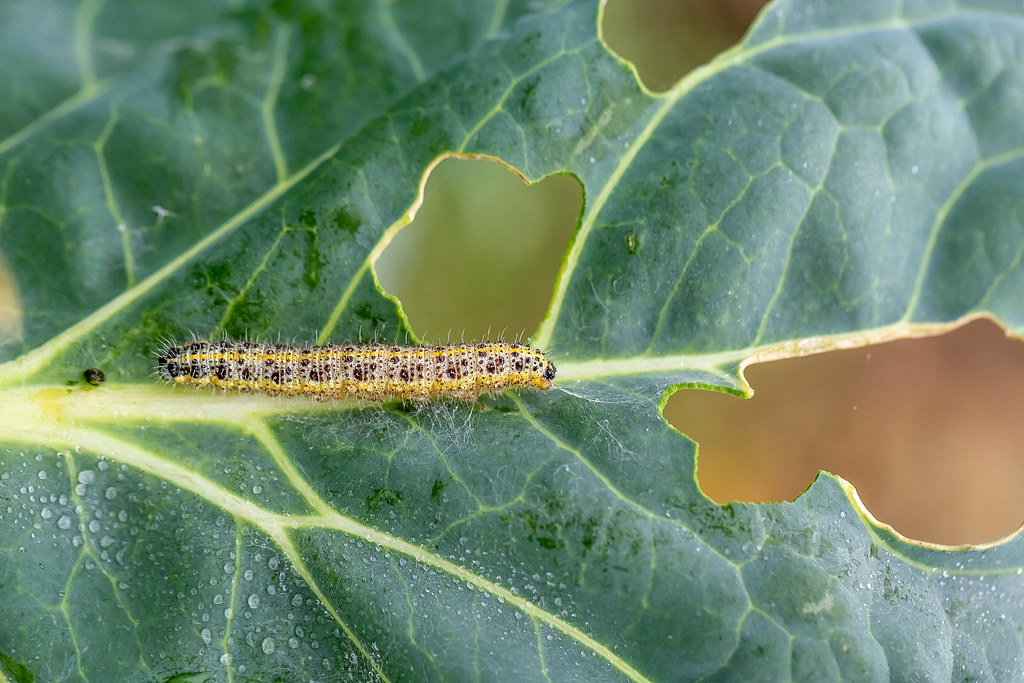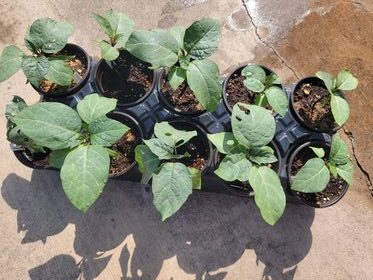We’re getting lots of calls and questions about caterpillars. They’re everywhere – ’tis the season! They may do some damage, or they may not. Here are 2 Earth-friendly approaches to consider.
1. Just a Few, Let Them Chew!
A few caterpillars here and there are no cause for alarm. You might choose to do nothing at all or pick them up and move them. Yes, they might munch a few leaves or a tomato or 2, but then they turn into beautiful butterflies and moths that will help pollinate your flowers and veggies. Good trade!

2. See a Lot, Organic Shot!
If you have a mass of caterpillars doing major damage, you can use organic Bt spray. Bacillus thuringiensis (Bt) is a naturally occurring, soil-borne bacteria that has been used since the 1950s for caterpillar control. Bt is not a contact spray, so it needs to be applied to the foliage that the caterpillars will eat to be effective. Plants and animals are not harmed by Bt, nor are birds or lizards that eat affected caterpillars. Late afternoon as the sun goes down is the time to apply.

Side note: We received the photos below of what a customer suspected to be caterpillar damage. Since the holes in the leaves are small, and since the customer didn’t find any caterpillars or frass (caterpillar poop), this is more likely caused by snails/slugs. Try placing a shallow dish of beer nearby. The slugs will be attracted to the yeast in beer. If you don’t want to share your beer, you can make your own yeast solution with yeast, sugar, and water.





Reader Interactions